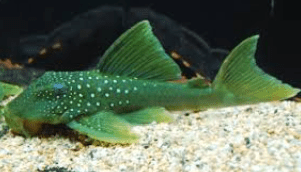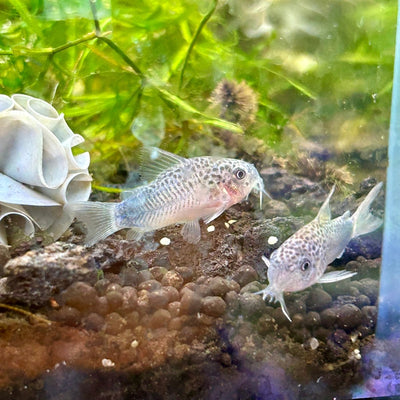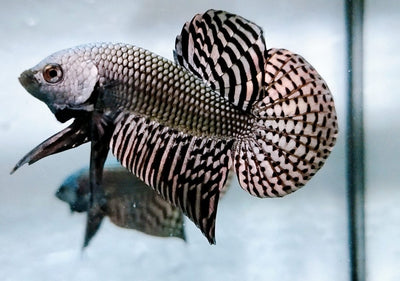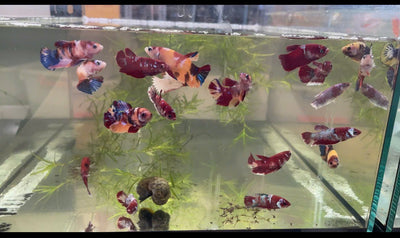Molly fish are hardy and beginner-friendly freshwater fish, but they thrive best when their specific needs are met. Here’s a guide to properly care for molly fish:
1. Tank Setup
- Tank Size: At least 20 gallons for a small group, as mollies are active swimmers. Larger tanks are better for more fish.
- Substrate: Sand or fine gravel works well. You can also add live plants like Java fern or Anubias.
- Decorations: Provide hiding places with plants, rocks, or driftwood to mimic their natural habitat.
- Lighting: Moderate lighting to support plant growth and the fish's natural day-night cycle.
2. Water Conditions
- Temperature: 72-78°F (22-26°C).
- pH: 7.5-8.5, as mollies prefer slightly alkaline water.
- Hardness: Moderate to hard water (10-25 dGH).
- Filtration: Use a good-quality filter to maintain clean water, but avoid strong currents as mollies prefer gentle water flow.
- Salt: Some molly varieties benefit from the addition of aquarium salt (1 teaspoon per gallon), but this is optional and depends on the specific type of molly.
3. Diet
Mollies are omnivores with a preference for plant-based food. Provide a varied diet for optimal health:
- Staple Food: High-quality flake or pellet food.
- Vegetation: Blanched spinach, zucchini, or algae wafers.
- Live/Frozen Food: Brine shrimp, bloodworms, or daphnia for protein.
- Feed 2-3 times a day, offering only what they can consume in a few minutes.
4. Social Behavior
- Community Fish: Mollies are peaceful and do well with other non-aggressive fish like guppies, platies, or tetras.
- Schooling: Keep mollies in groups of at least 4-6, as they are social and feel more secure in a group.
- Breeding: Mollies are livebearers, meaning they give birth to live fry. If breeding, provide plenty of plants or a breeding box to protect the fry.
5. Maintenance
- Water Changes: Perform weekly water changes of 20-30% to maintain water quality.
- Monitor Parameters: Test water regularly for ammonia (0 ppm), nitrites (0 ppm), and nitrates (<20 ppm).
- Clean Tank: Remove uneaten food and debris to prevent ammonia spikes.
6. Health Monitoring
- Signs of Health: Active swimming, bright colors, and healthy appetite.
-
Common Diseases:
- Ich (white spots): Treat with aquarium salt and temperature adjustment.
- Fin Rot: Improve water quality and use antibiotics if needed.
- Dropsy: Indicated by a bloated appearance and pinecone-like scales; requires immediate attention.
Bonus Tips
- Avoid Overcrowding: Overcrowding leads to stress and poor water quality.
- Tank Mates: Choose compatible tank mates to avoid aggression.
- Acclimation: When introducing mollies to a new tank, acclimate them slowly to prevent stress.
By following these guidelines, your molly fish will live a healthy, happy, and vibrant life!






